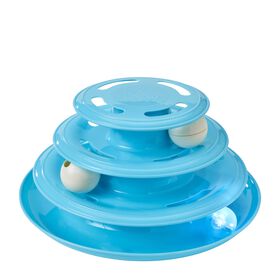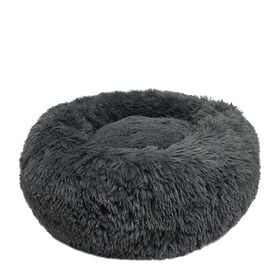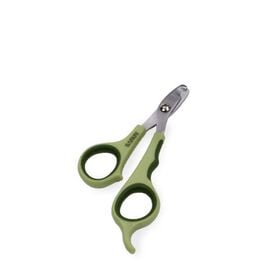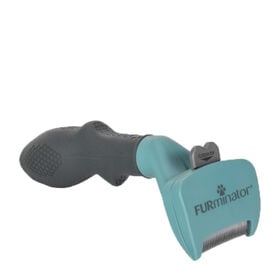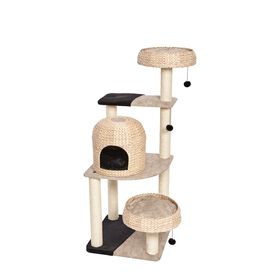Siberians go way back in history. They were discussed in documents dating from the 11th century. That says a lot about this feline who has been battling the rough climate of Russia for a long time. We can say that he has easily adapted to ours.
Origins of the Siberian
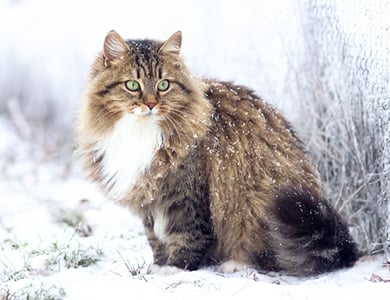
Due to the Siberian’s lengthy history, it is difficult to pinpoint which breeds produced it. Furthermore, there are very few documents retracing its history. In any case, we know that it is a natural breed. In other words, it is not the result of a crossbreed done by humans. It is presumed that Siberians were created when domestic cats from Siberia and the Ukraine mated with local wild cats.
It was only recently that the various associations recognized Siberians, which makes them a new international breed. It wasn’t until 1987 that breeders in Germany began breeding Siberians. Then, in 1990, an American breeder adopted the first ones. It was after that that TICA (The International Cat Association) recognized the breed in North America. Since then, Siberians have remained relatively rare outside their country of origin and the US. However, that does not change the fact that, morphologically speaking, this is a 100% unique specie!
Morphology and appearance
Siberians are large cats. Males can weigh up to 9kg while females tend to be a little smaller. Their bodies are rather round and massive, giving them somewhat of a barrel-like shape. Nevertheless, do not be fooled by this appearance: their excess weight is not a sign of good health.
The Siberians’ thick and insulating coat was developed to help them adapt to arid climates, and it’s even waterproof, providing effective insulation from extreme cold. Their fur is medium to long, according to the season. Their fur has a ruff, and their undercoat is abundant. Siberians also have tufts of fur between their digits, which helps them travel across the extremely cold ground of their native country. In short, like their eyes, Siberians’ fur can vary in colour. All traditional and colourpoint coat colours are accepted for this breed.
Maintenance (Cleaning)
You might be thinking that all this insulating fur must require daily cleaning, but this isn’t actually the case. This breed’s fur is known for never softening, which makes cleaning easier! However, we still recommend brushing them on a weekly basis. Siberians also shed significantly. It will be necessary to brush them daily during their spring shedding, which is more abundant than fall.
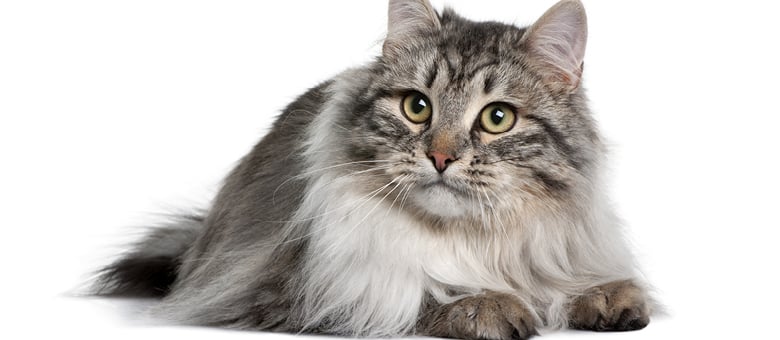
Siberian’s behaviour
Despite their rustic origins, Siberians can adapt to our modern lifestyle. They can live in an apartment or a house, as long as they can expend energy by playing at least twice a day.
It is important that your Siberian be accustomed to brushing as early as possible. He must learn to enjoy the process so that both of you will get something positive out of it. It is also wise to take note of his size when travelling, in order to ensure his cage will be sufficiently roomy.
They will also need some quiet time, and some space to rest: a pillow on top of a cat tree would be a good solution for this. Be sure to spend some quality time with your Siberian, whether in the form of hugs, or simply by letting him know you’re there.
Lastly, know that this breed comes with some unique characteristics and behavioural patterns. It’s all a question of personality: A kitten may come across as extremely reserved while another may appear more adventurous. It is important that you choose a cat according to how they act when you first get them.
Little-known facts
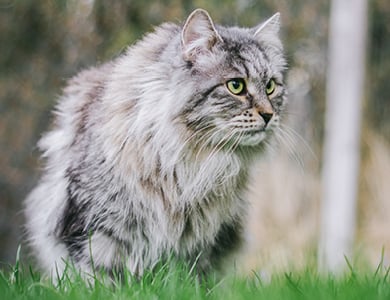
You may be wondering whether this breed should be avoided if you have allergies. However, Siberians are recognized as hypoallergenic cats, or at least, close to it. This is due to the fact that they produce little of the allergy-inducing protein, FEL D1. The latter is responsible for roughly 85% of cat allergies, according to statistics from Taïga. This is why the majority of breeders allow people to come spend time with the cat, in order to test their allergic reactions. Allergies are not to be taken lightly: Be sure to consult an allergist and take the time to visit the cat store a number of times so you can have a chance to hug some male and female cats before making the choice to adopt.


